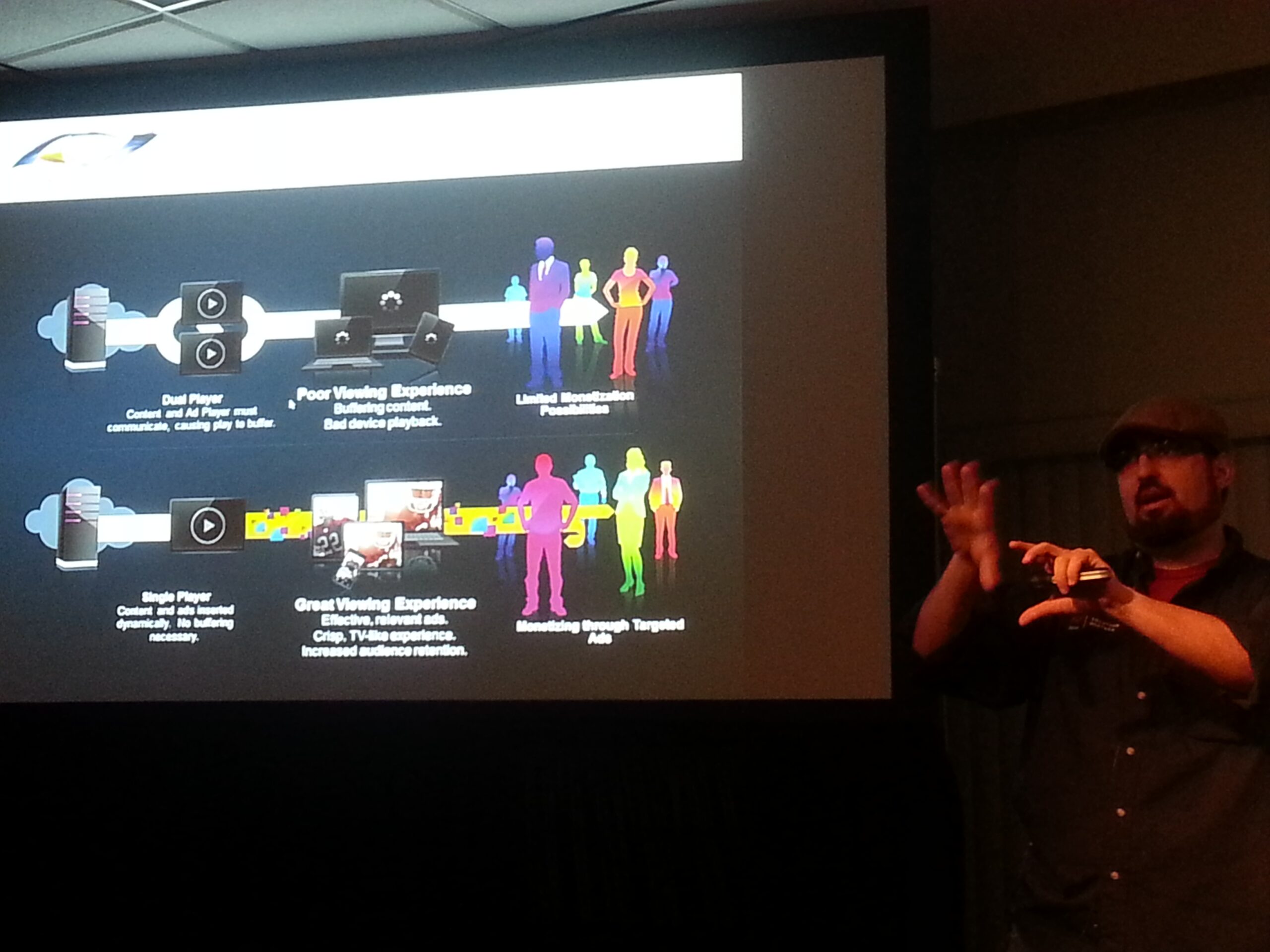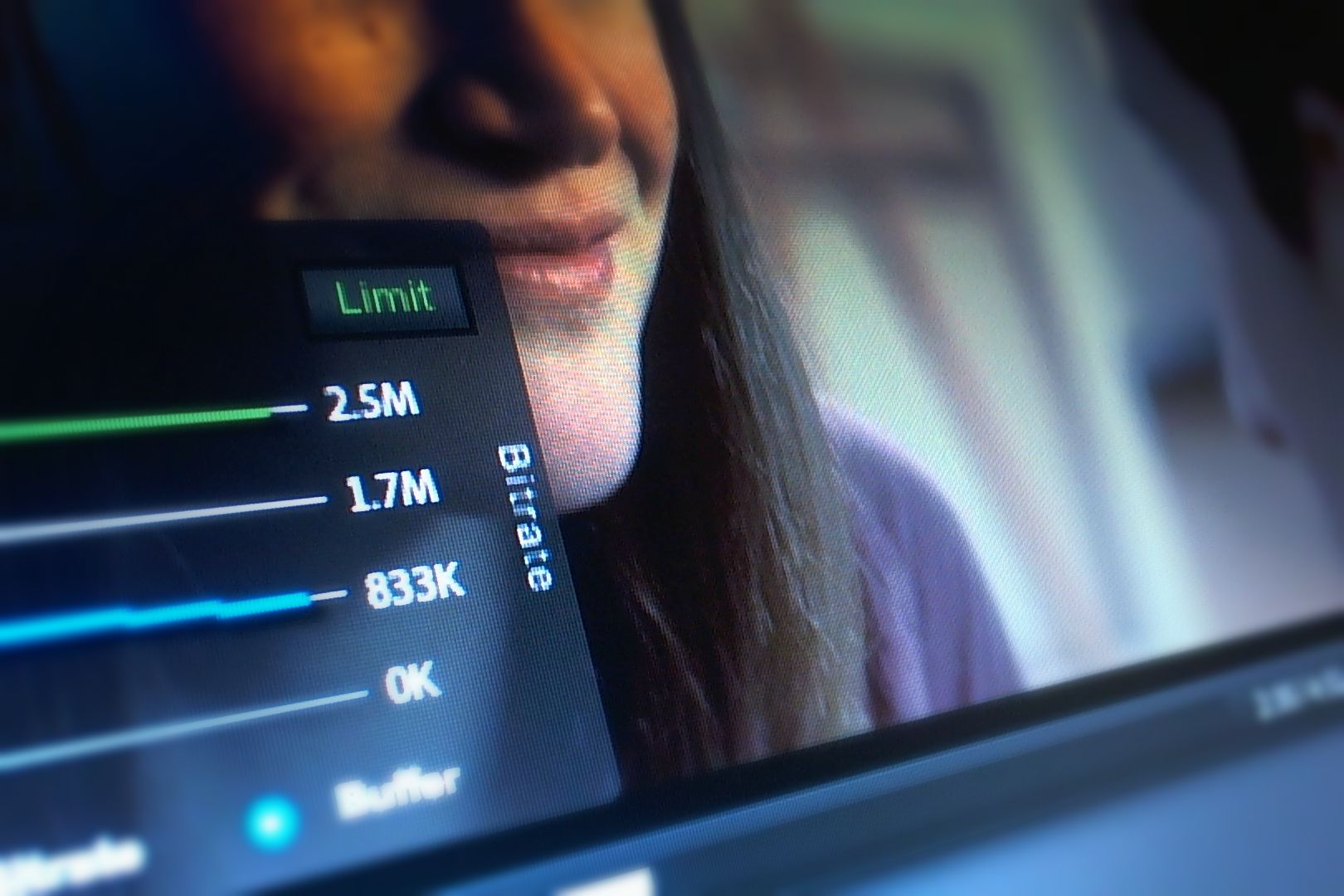
The frame rates for movies were defined over 80 years ago. In the year 1927, 24 fps was defined as the standard for 35 mm sound film. With the introduction of television, 25 fps and 30 fps were introduced, with the interlaced versions 50i for PAL, and 60i for NTSC.
Interlaced video is a technique of doubling the perceived frame rate introduced with the signal without consuming extra bandwidth. Since the interlaced signal contains the two fields of a video frame captured at two different times, it enhances motion perception to the viewer and reduces flicker by taking advantage of the phi phenomenon effect. [more on Wikipedia]
Interlaced video is a traditional broadcast feature. Modern HDTVs and broadcasts are supporting 1080i with interlaced 60 fps, or 720p with progressive 60 fps. Progressive, or full frames, are desired for fast motion content, since it produces a smoother movement than interlacing. As example, ESPN is broadcasting their sports content with 720p instead of 1080i, while most non-sport channels are using 1080i.
The best experience would be with 1080p and 60 progressive frames, but it is currently not used for broadcast, and not technically part of the ATSC or DVB broadcast standards. But with 4k video slowly becoming a broader trend, it is just a matter of time.
Traditional film meanwhile remained at 23.976 fps, which leads to the “cinema effect”. HDTVs can interpolate to higher frame rates by calculating the intermediate frames leading to smoother playback, but in-cinema technology normally doesn’t use any frame rate improving technologies. When Peter Jackson produced a high-frame-rate (HDR) version of the Hobbit in 2012 – 44 fps instead of 23.976 – it wasn’t perceived positively by everyone, with critics arguing the cinema look became too life like, and too close to the higher frame rate television experience. But for live and high motion content, such as sport events or video games, higher frame rates deliver an industry wide accepted smoother viewing experience.
Why is Online Video not using higher frame rates?
Online video on computers don’t use frame rate improving features such as interpolation or interlacing. For gaming, 60 fps is a desired standard for a smooth and performing next generation gaming, but for online video, 23.976 fps remains the standard for movies, and 30 fps for regular videos (25 fps in PAL regions).
In addition, content that might be available with 60 fps progressive for traditional broadcast such as sports, is often downgraded to 30 fps for the web.
Reasons that could contribute to not upgrading to higher frame rates
- Playback performance is not guaranteed, worry computers can’t handle 60 fps
- Increased bit rates to accommodate more frames leading to higher delivery costs
- Potential CDN capacity issues
- More encoder infrastructure investment due to additionally required capacity
- 30 fps is “good enough”, and the expected quality standard for online video
But is it technically possible today? Yes, and below is an example of 60 fps on the desktop, with a bit rate stream up to 10 Mbps.

The reasons why I believe it is time to upgrade certain content to 60 fps.
- Player performance is there – the demo uses the latest Adobe Primetime Player with fully hardware accelerated HLS playback.
- For sports and high motion content it feels a lot more “real-life”.
- Even though the bandwidth increases, CDN costs are decreasing, and encoding hardware is becoming more powerful
- The better experience justifies a “premium value”
For digital home devices, such as Xbox, 60 fps is slowly becoming an option with IP delivery. But what about desktop computers? It is feasible, and I am personally looking forward to programming becoming available online in 60 fps. Hopefully we see more of it this year.
What do you think?

















